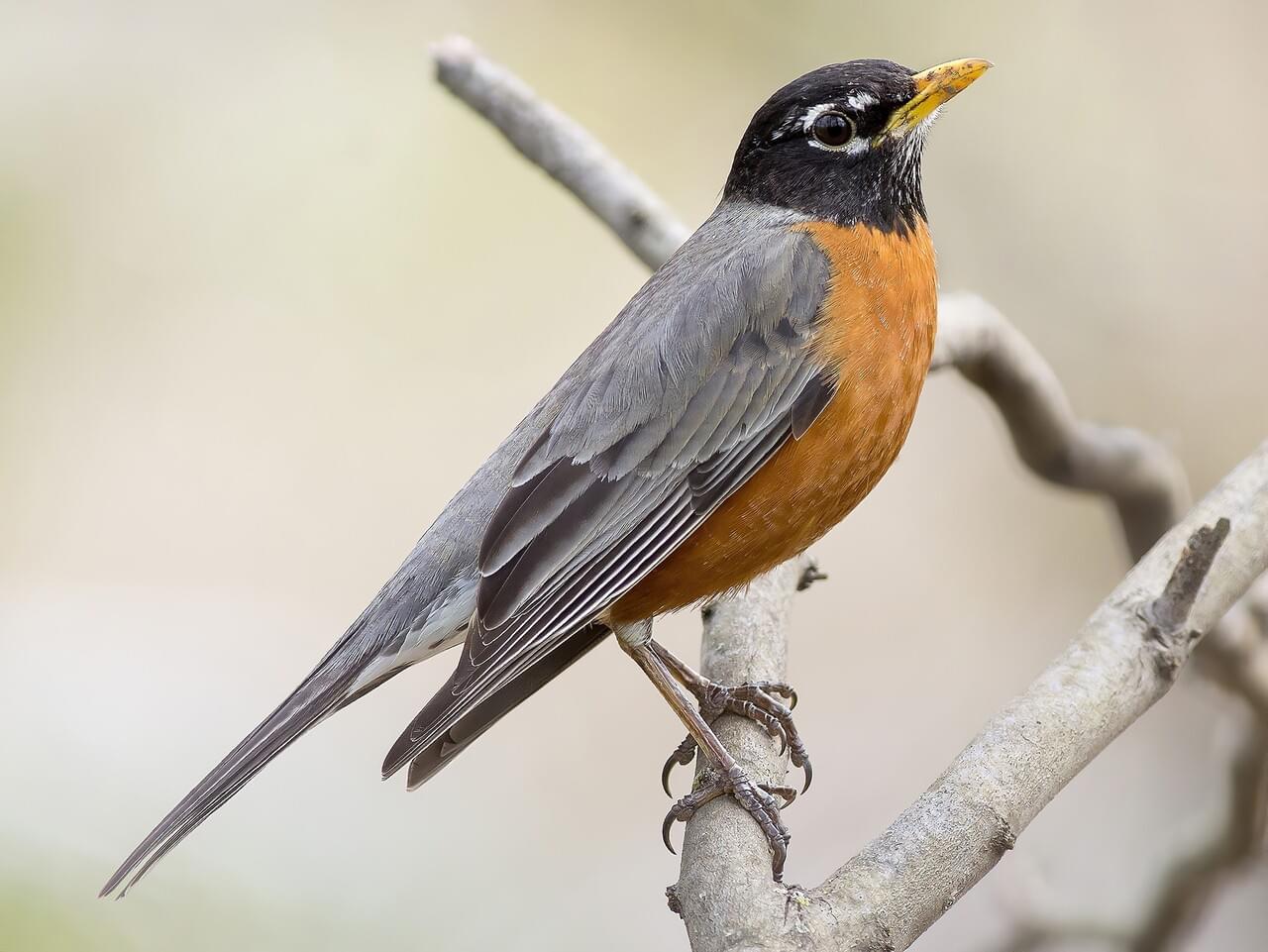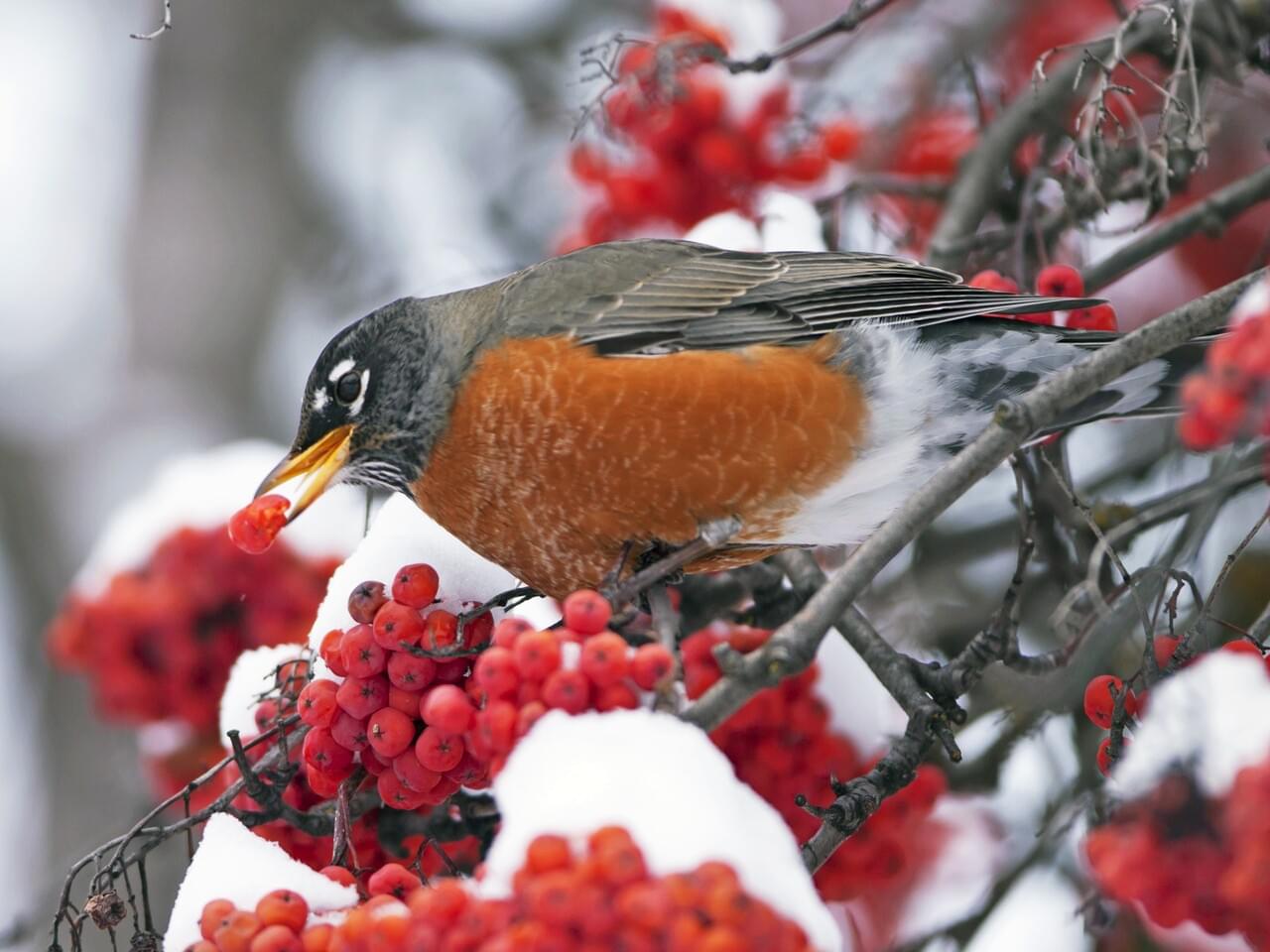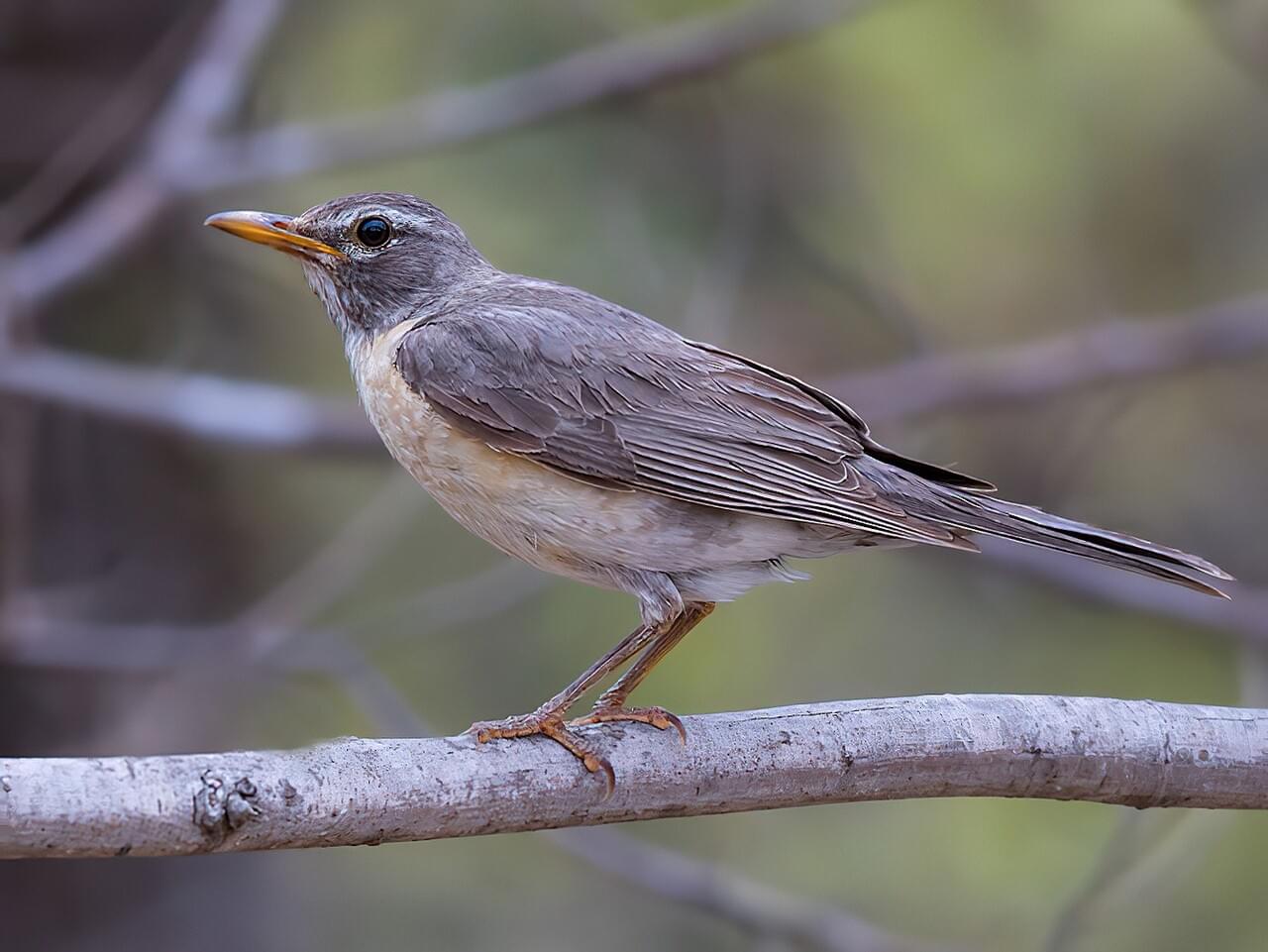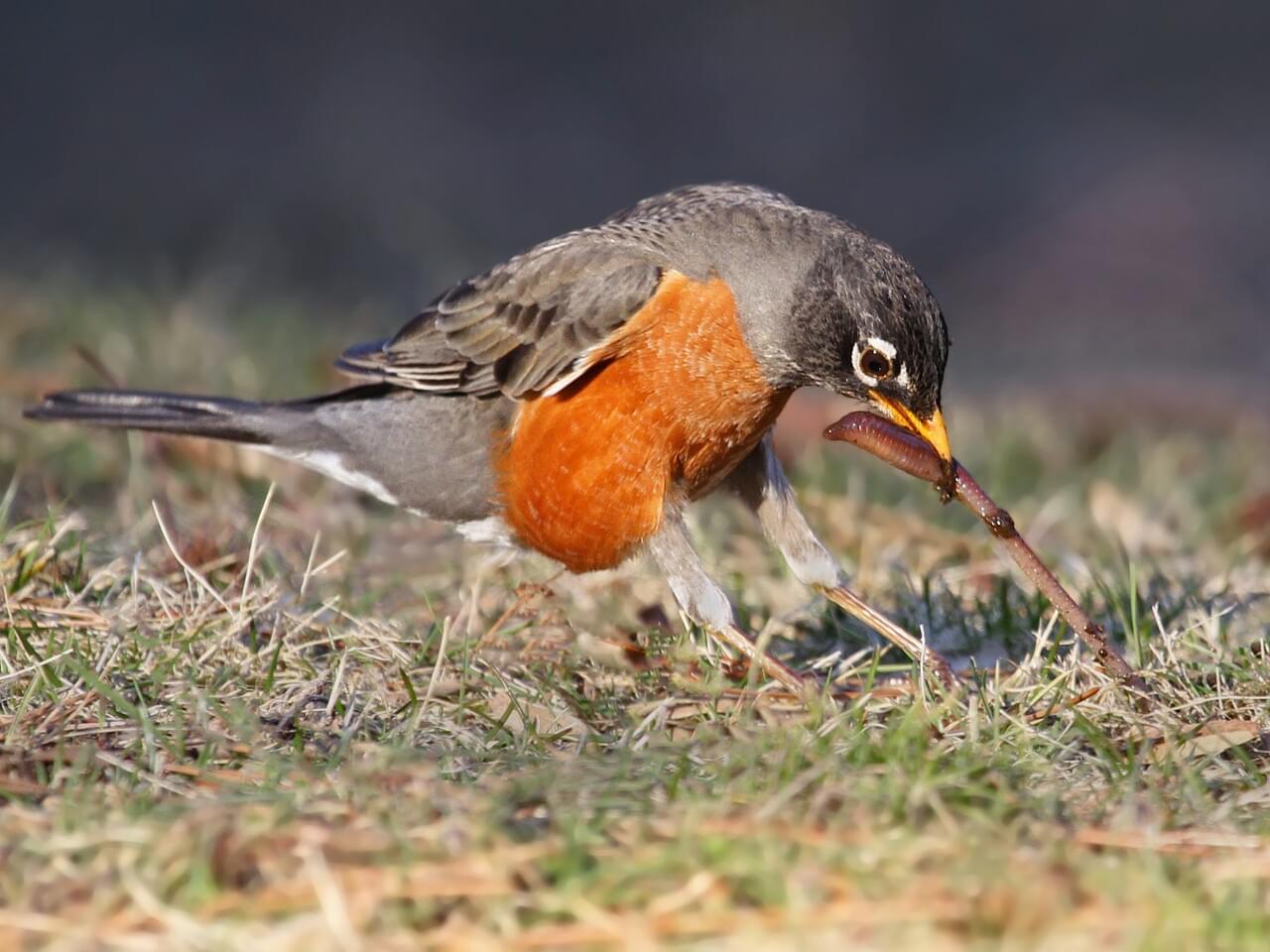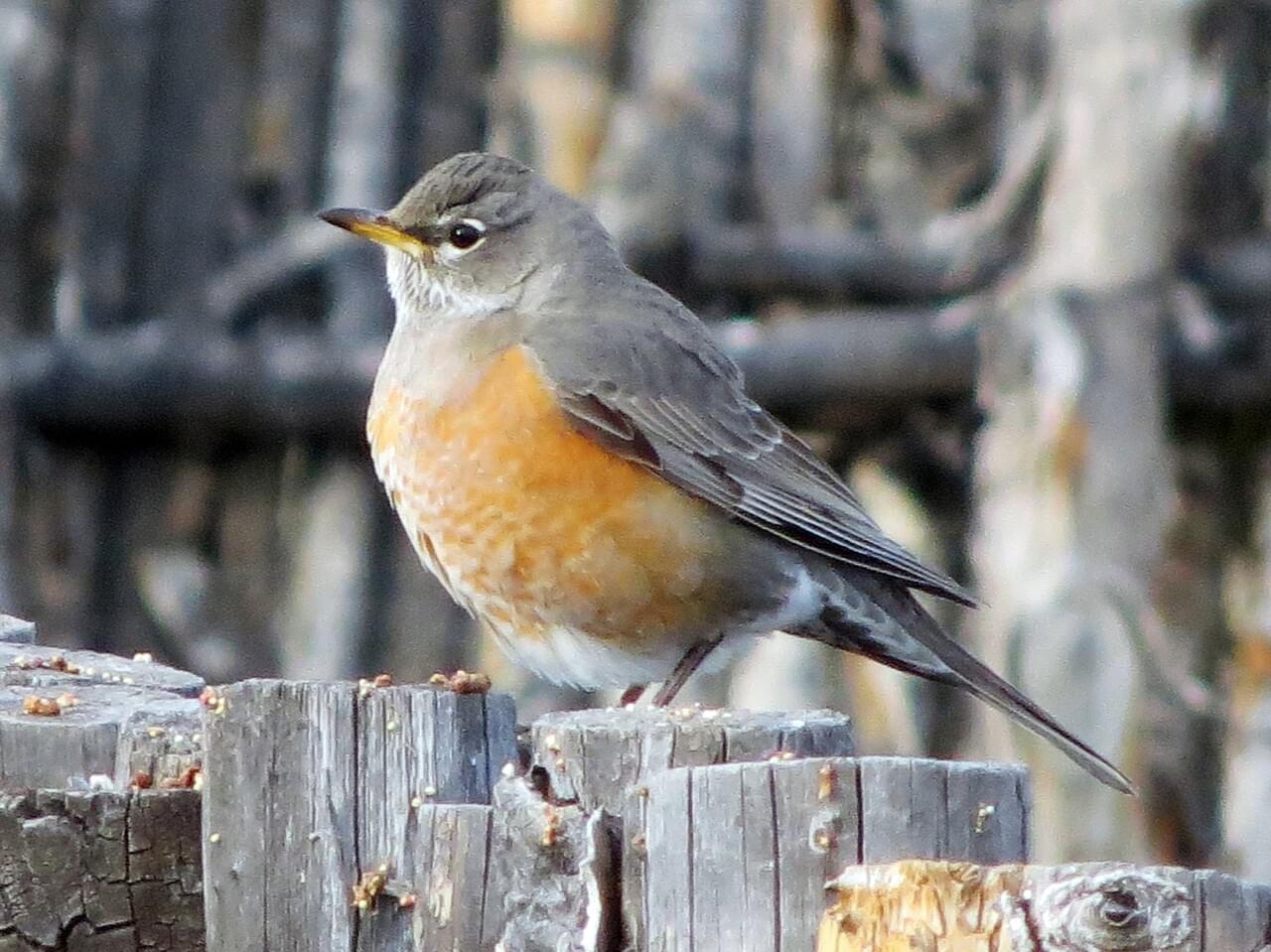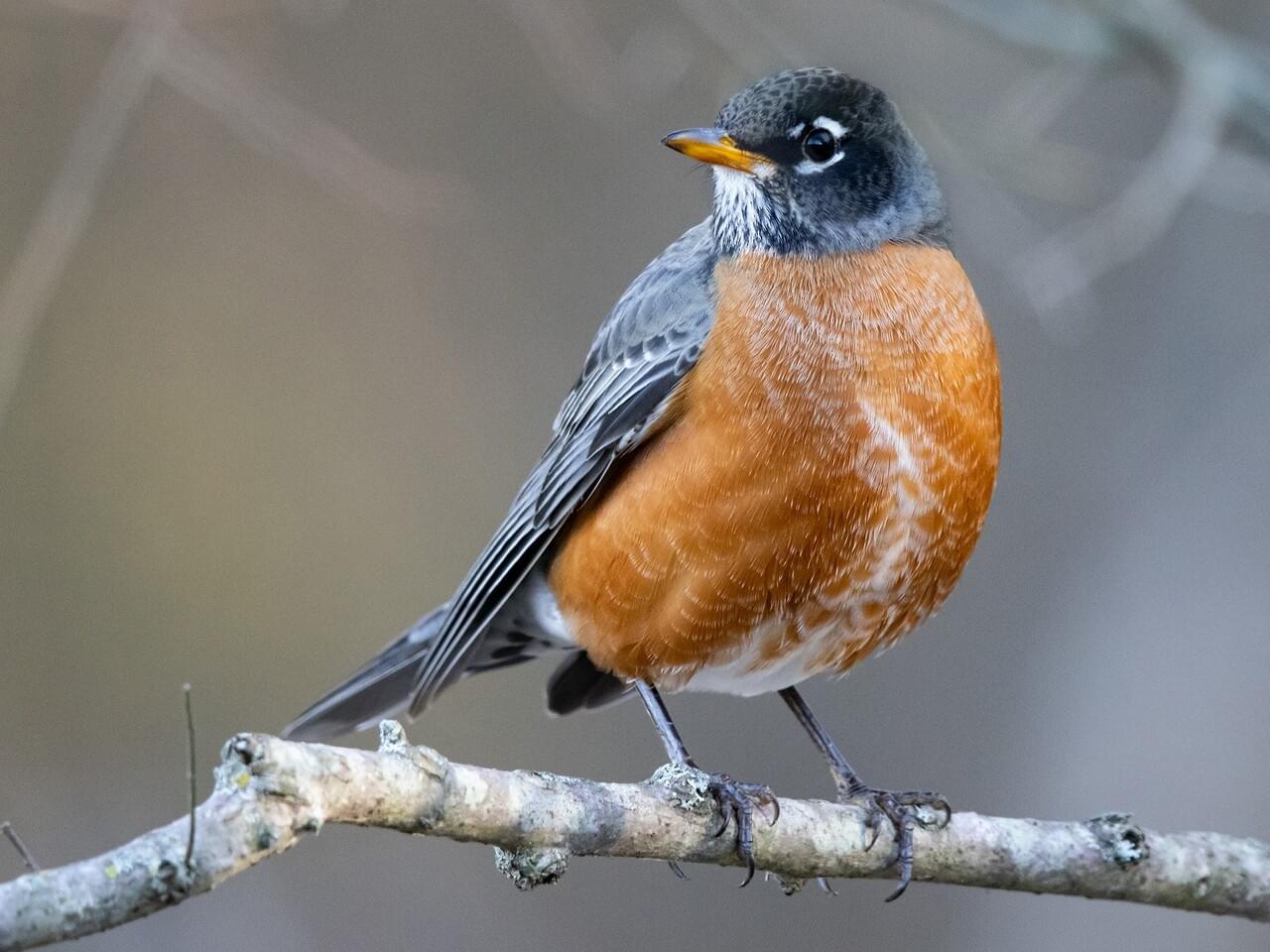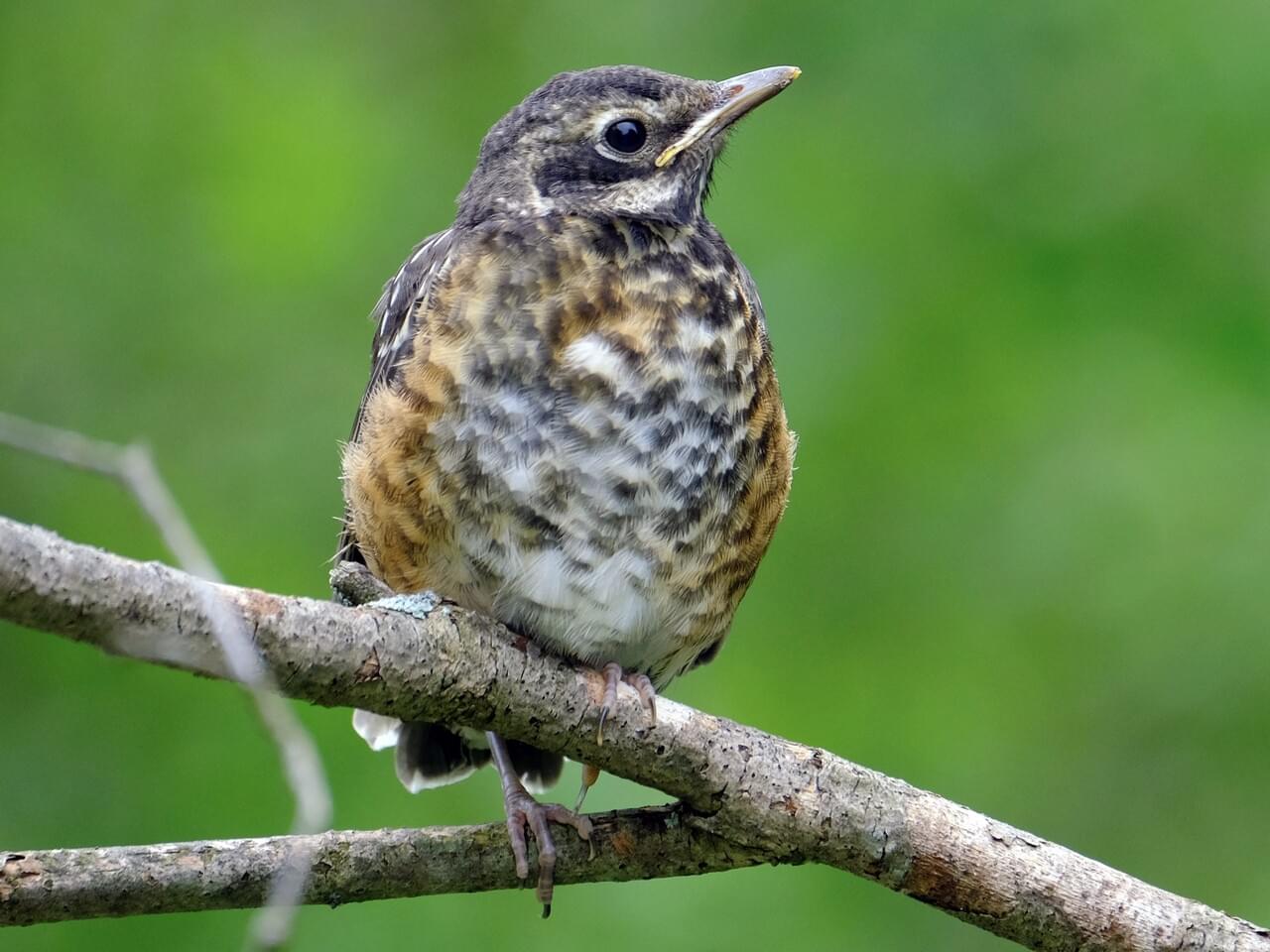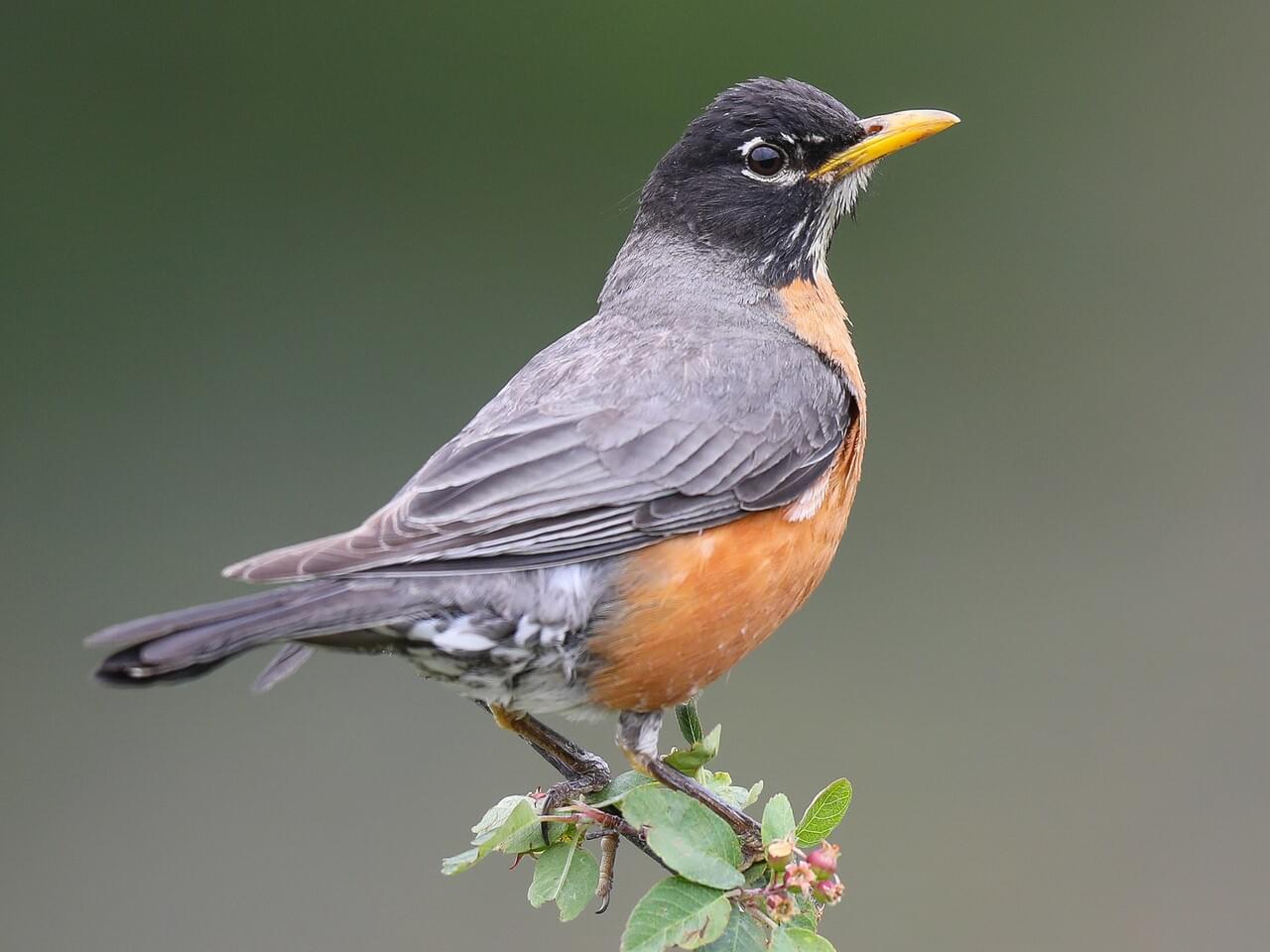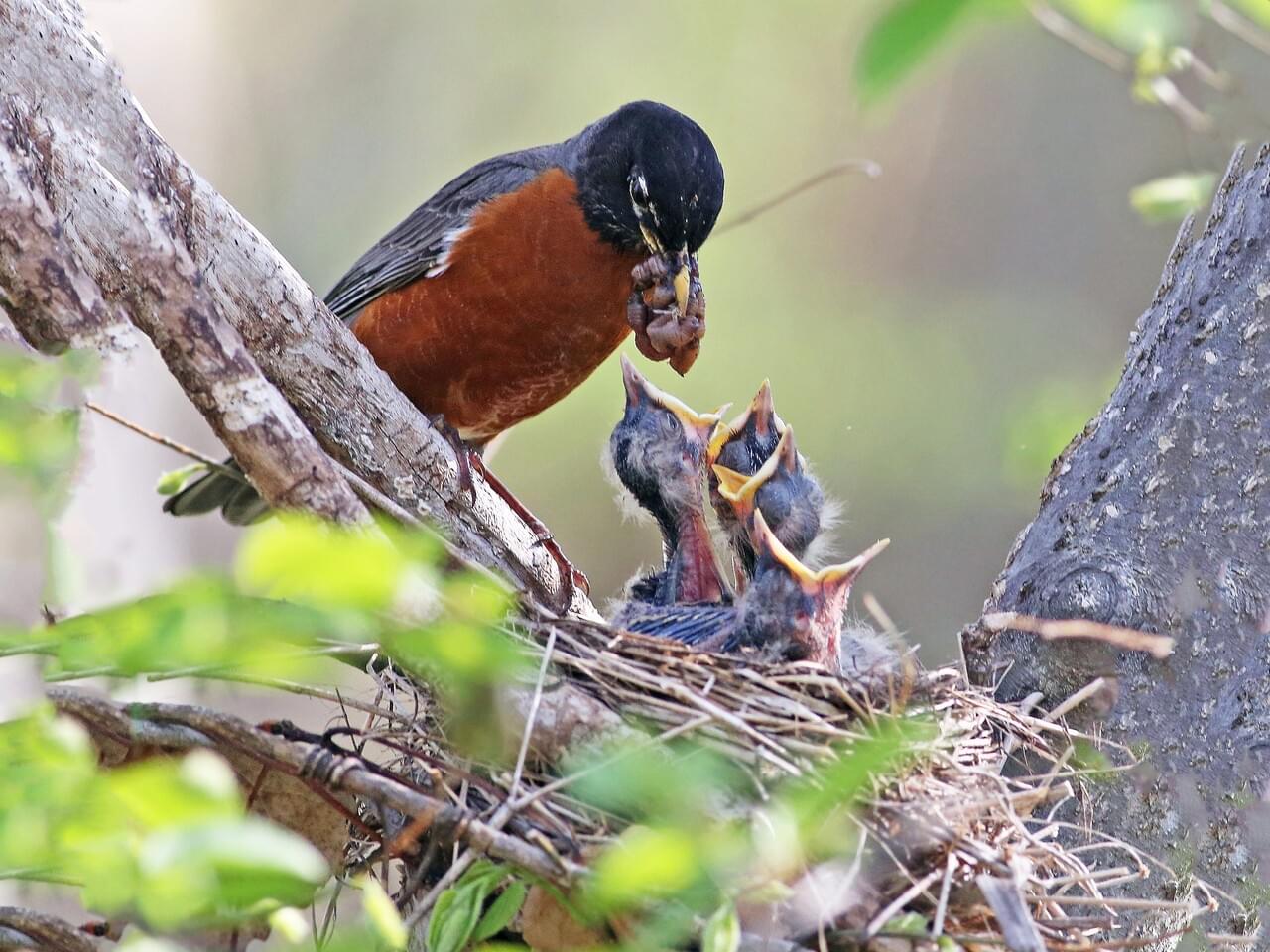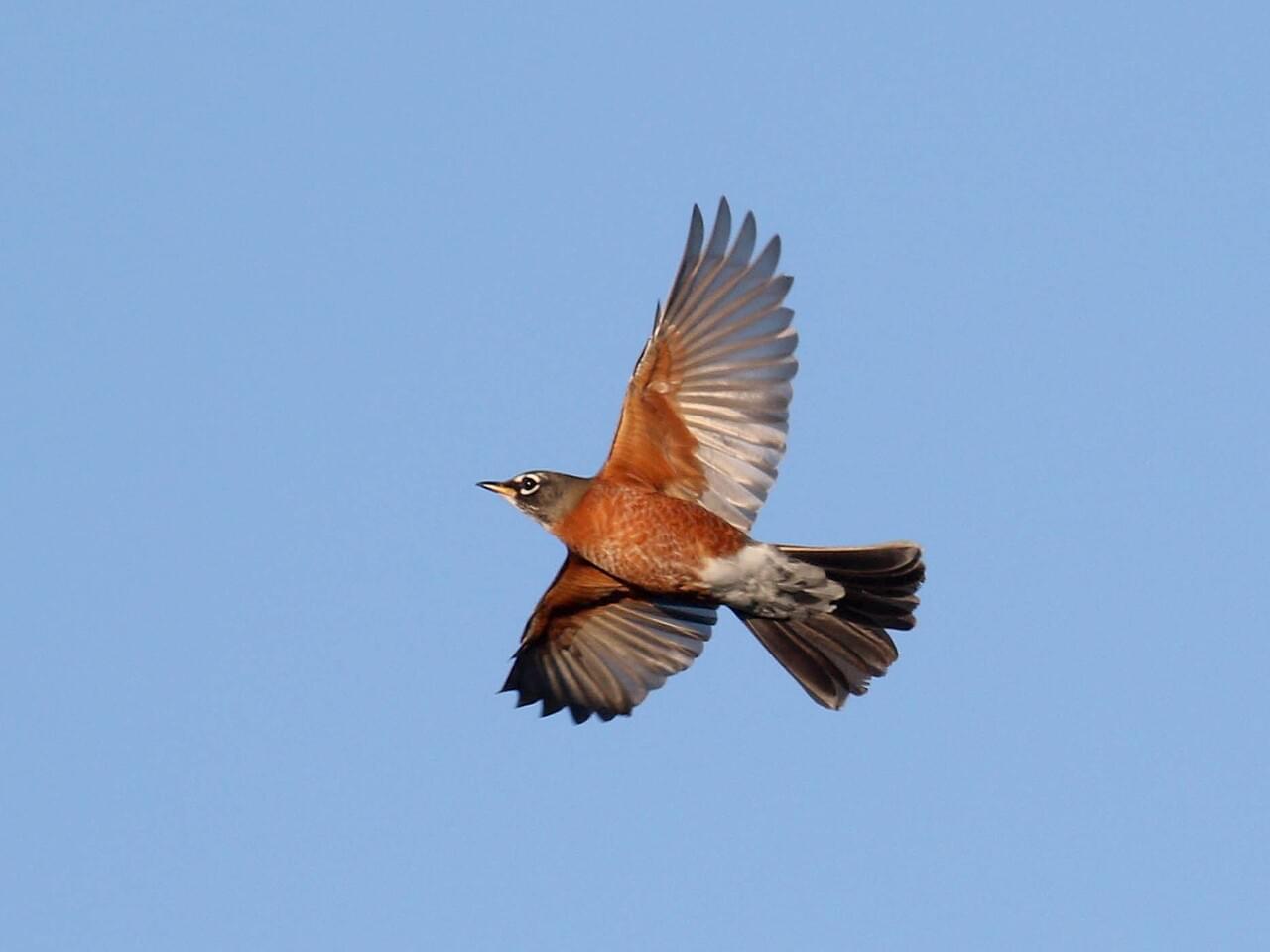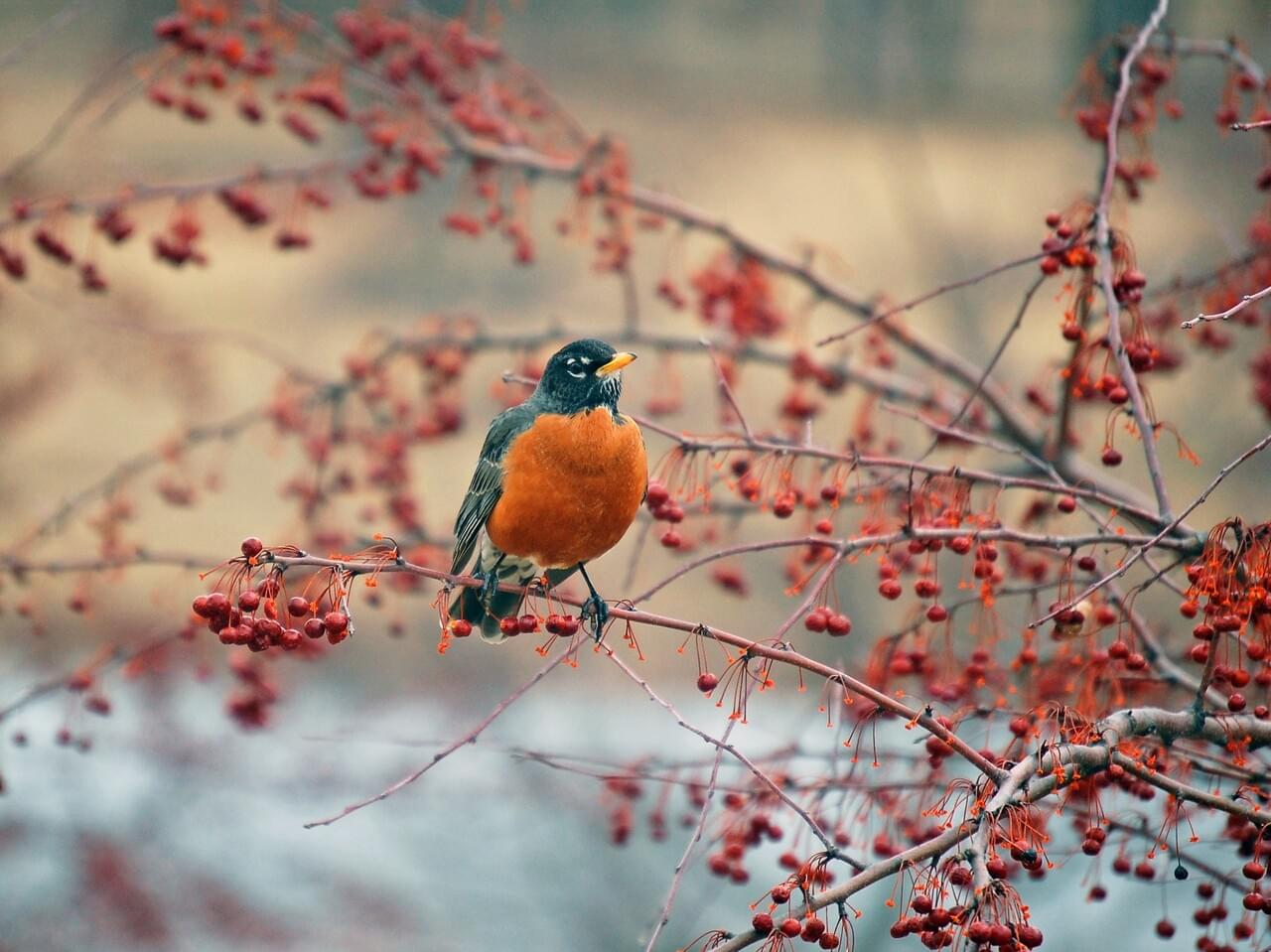American Robin
American Robin
(Turdus migratorius)
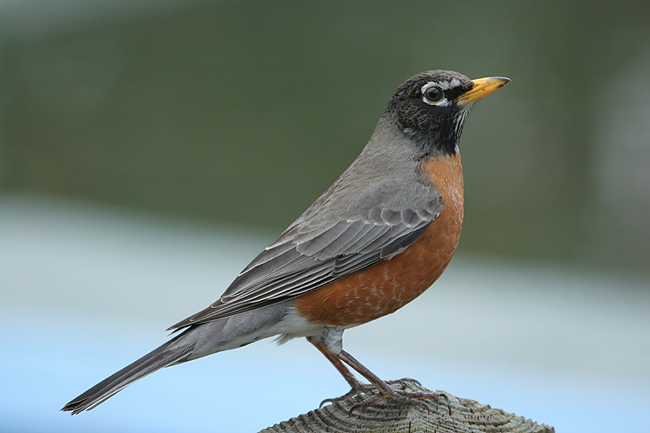
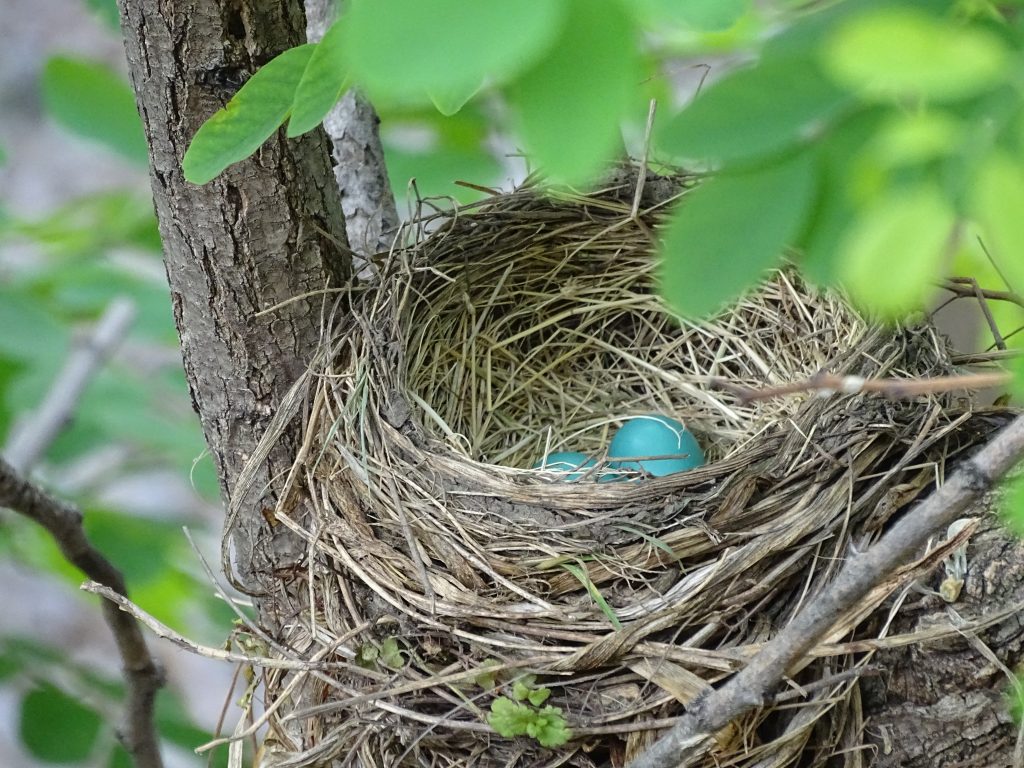
American Robin Nest Detail
Photo © Graham Sorenson
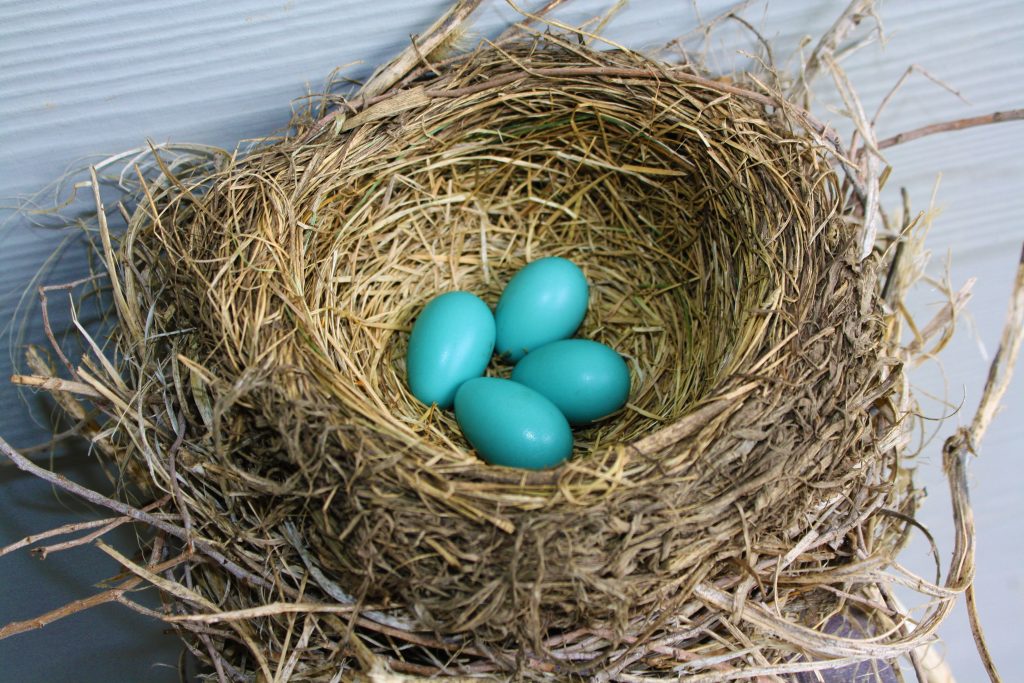
American Robin Eggs
Photo © Kristi Gould
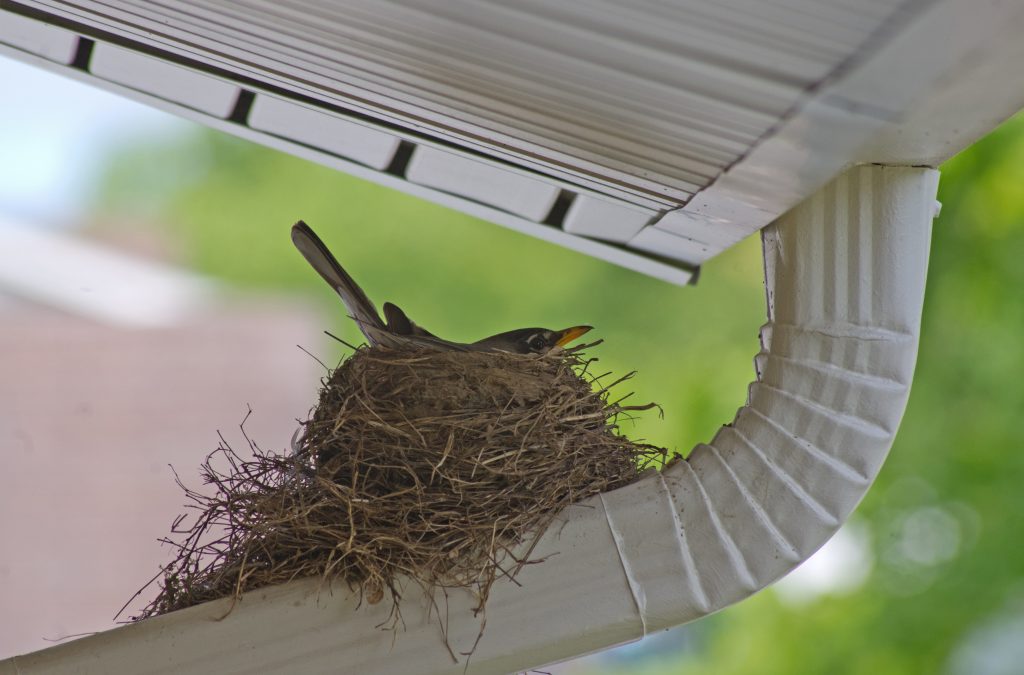
American Robin Side View
Photo © Mike Conley
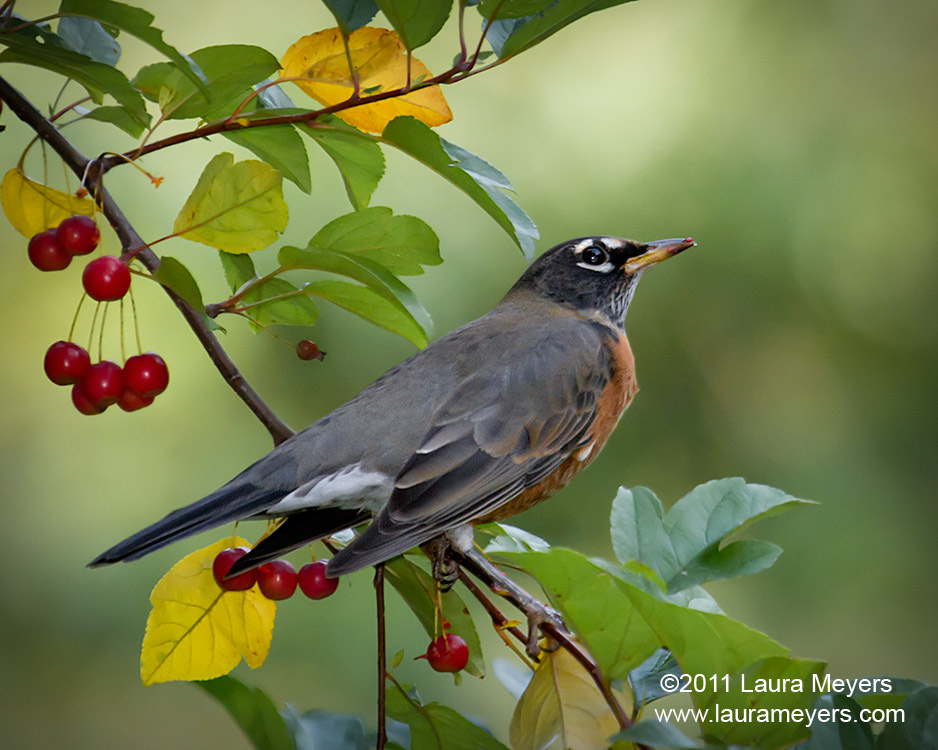
fs_robin
Photo © Laura Meyers
Song
© Wil Hershberger / Macaulay Library
Song
© Brad Walker / Macaulay Library
Song
© Dave Slager / Macaulay Library
Song
© Glen Chapman / Macaulay Library
Song
© Wil Hershberger / Macaulay Library
Song
© Tom Johnson / Macaulay Library
Calls
© Jay McGowan / Macaulay Library
Calls
© Glen Chapman / Macaulay Library
Calls
© Ian Davies / Macaulay Library
Calls
© Jay McGowan / Macaulay Library
Calls
© Brad Walker / Macaulay Library
Calls
© Brad Walker / Macaulay Library
Calls
© Brad Walker / Macaulay Library
Calls
© Jay McGowan / Macaulay Library
Calls
© Jay McGowan / Macaulay Library
Alarm calls
© Jay McGowan / Macaulay Library
Juvenile calls
© Brad Walker / Macaulay Library
Song (San Lucas)
© Nick Roth / Macaulay Library
Where To Find It
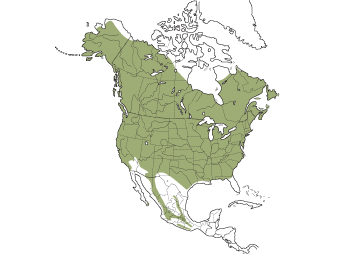
Source: Birds of the World
Habitats
Substrates
What You'll Find
Nest Type
Chick
Clutch Size
3
5
Nest Height
25 ft
10 ft
Nesting Statistics
Incubation Period
12-14
days
days
Brooding Period
13
days
days
Useful Hints
- The robin’s nest is an open cup of grass and twigs held together with a thick layer of mud and lined with fine dry grass.
- Females build the nest from the inside, pressing dead grass and twigs around them into a cup shape using the wrist of one wing.
- Because the robin forages largely on lawns, it is vulnerable to pesticide poisoning and can be an indicator of chemical pollution.


